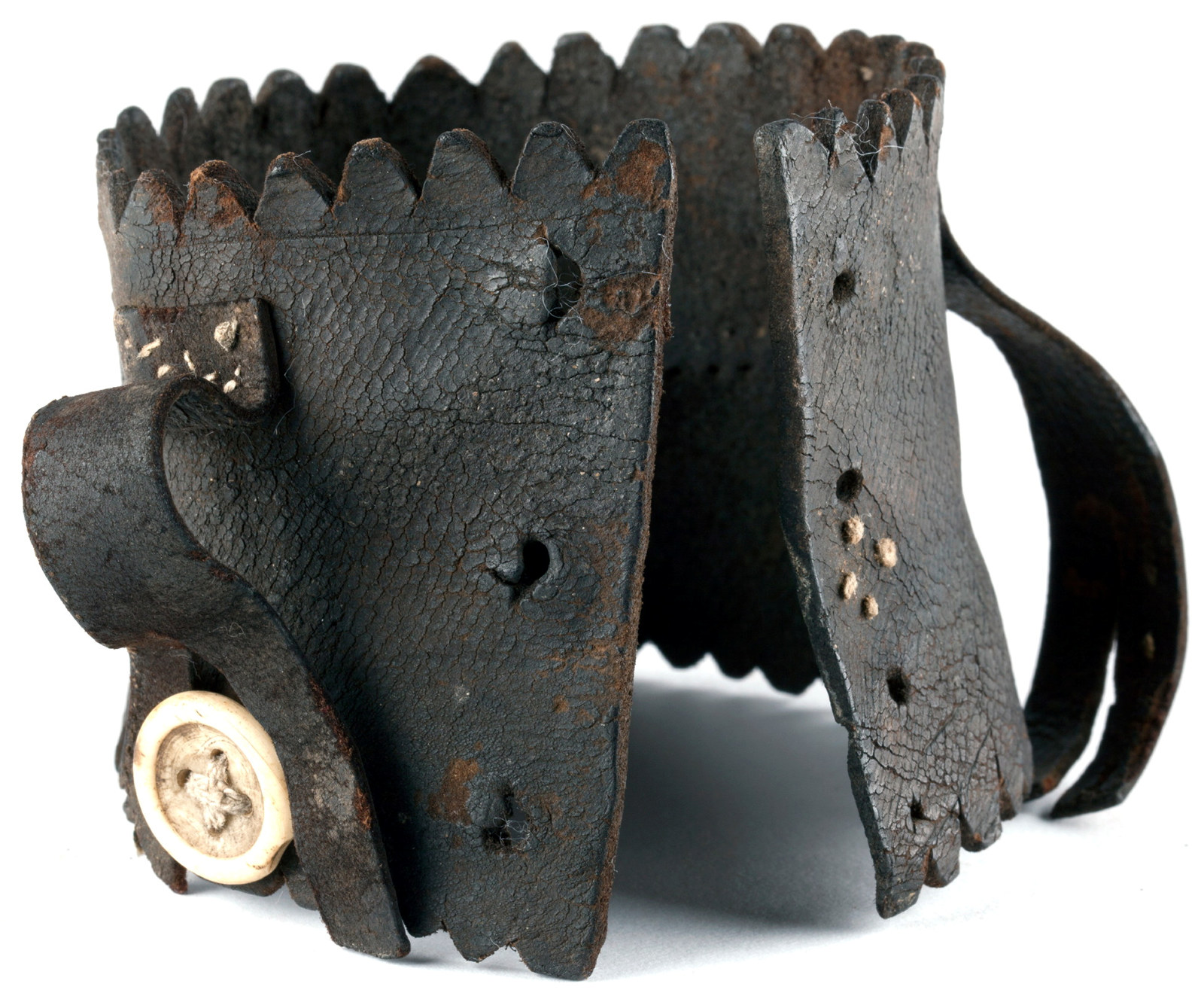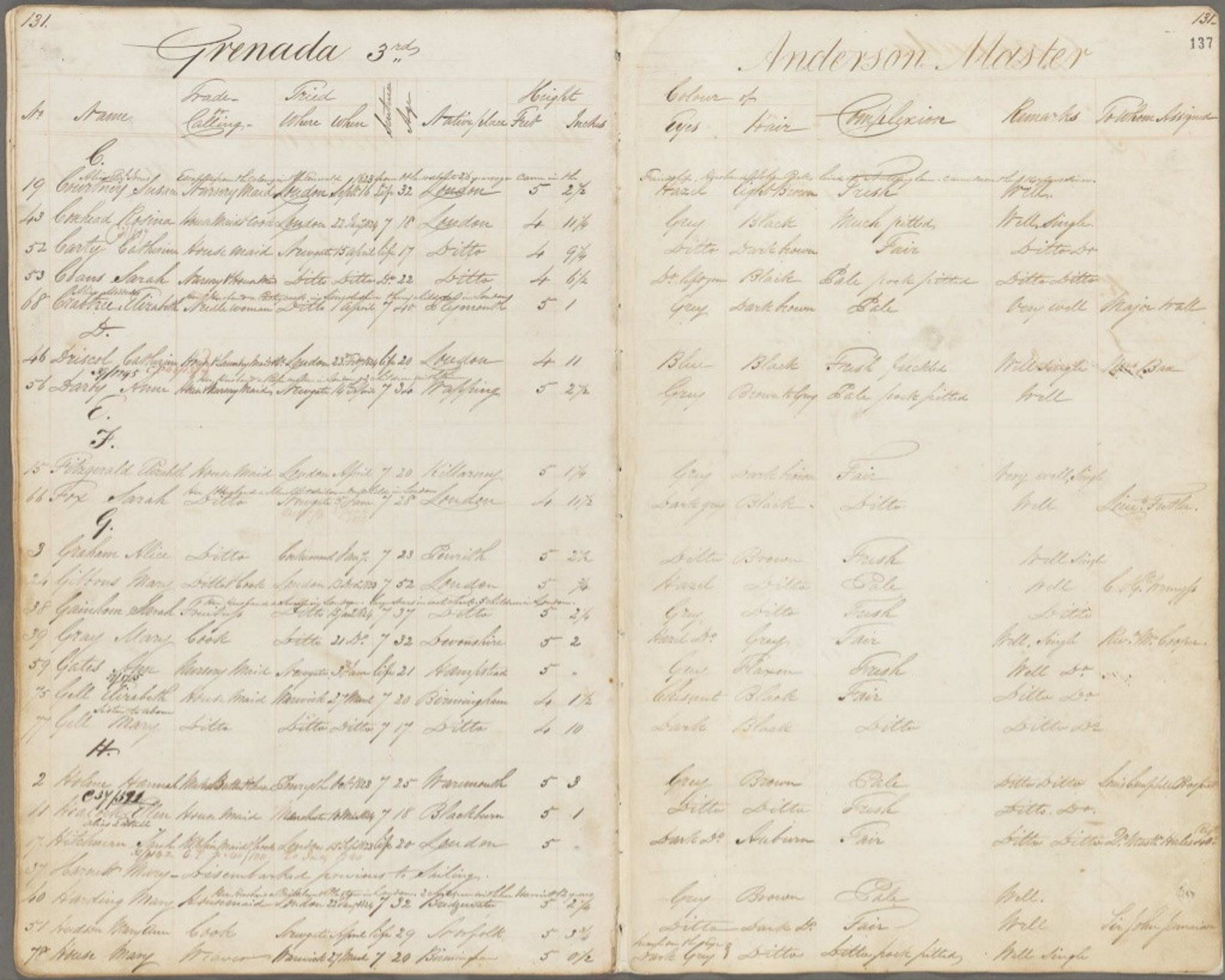Convict case study - John Knatchbull
This case study has been developed to show what types of records can be found in the State Archives collection.
Biography
John Knatchbull was born in Kent, England in about 1792. He served as a volunteer in the British Navy from 1804-1818, rising to the rank of captain. After retiring from the Navy, Knatchbull seems to have fallen on hard times and in August 1824 he was found guilty of stealing with force and arms at the Surrey Assizes, under the name of John Fitch. He was given a 14 year penal sentence and transported to NSW on the Asia V.
References to John Knatchbull, and under his alias John Fitch, turn up in a number of convict records, such as the convict indents, Tickets of Leave and Ticket of Leave Passports. What makes Knatchbull more intriguing is that he continued to get in trouble for the rest of his life, thereby leaving a steady stream of records about him.
You can find examples of these records scattered throughout the page that detail the rest of Knatchbull's life, including his trial for forgery and his seven year penal sentence served out at Norfolk Island where he took part in a convict mutiny before turning informer on his fellow mutineers. Knatchbull returned to Sydney in 1839 to serve out the remainder of his original sentence. In January 1844 he murdered shopkeeper Ellen Jamieson with a tomahawk while stealing money for his upcoming marriage. He was found guilty of murder and hanged on 13 February 1844.
A list of records
Ship's Muster for Asia V
John Knatchbull used the alias of John Fitch throughout his life in England and NSW. This entry from the Ship's Muster for the Asia V reveals the following details: Knatchbull was tried at the Surrey Assizes on 19 August 1824, found guilty and was transported for 14 years. On his arrival in the Colony in April 1825, Knatchbull was sent to Bathurst.
Ticket of Leave for John Fitch, 1829
The first Ticket of Leave granted to John Knatchbull was in August 1829 while he was working in the Bathurst region. Knatchbull was granted the ticket for having apprehended eight runaways from Windsor Gaol. He moved to Liverpool in November 1829 where he became an overseer on the Parramatta Road and the Bathurst based ToL was cancelled. A later ticket from 1842 (42/1681, Reel 912) is also listed for the district of Port Maqcuarie, where Knatchbull was based on his return from Norfolk Island.
A ToL Passport, 43/767 [Reel 971, 4/4251] was also granted so Knatchbull could work on a cutter travelling between Sydney and New Moruya River.
Forged note 1832
In June 1830 Knatchbull was before the Supreme Court on a charge of forgery. He is listed in the case papers as a labourer and late of Parramatta. Knatchbull was found not guilty. In February 1832 Knatchbull was before the Supreme Court again where he pleaded not guilty to "false making forging and counterfeiting a certain order for payment of money", in the name of Judge James Dowling. The forged note appears here as an exhibit for the prosecution. Knatchbull was found guilty and given a death sentence, which was later commuted to seven years penal sentence to be served on Norfolk Island. Supreme Court: Exhibit of a forgery by John Knatchbull, 1832 [T33 32/55]
Extract from Black Book
It appears Knatchbull was held on the Phoenix Hulkduring 1832 following his conviction for forgery. These entries demonstrate some of the "bad" behaviour of Knatchbull. He was transported to Norfolk Island late in 1832 on the Governor Phillip. While being held on Norfolk Island Knatchbull participated in a convict mutiny but escaped punishment as turned informer on his fellow mutineers. Knatchbull served out his time on Norfolk before returning to NSW to continue his original fourteen years sentence. He lived in Port Macquarie for a period before returning to Sydney by July 1843.
more...
Hyde Park Barracks gaol entry
On 6 January 1844 Knatchbull was arrested for the murder of Ellen Jamieson, a storekeeper.This gaol entrance entry shows Knatchbull (entry #23) was held at Hyde Park Barracks (HPB) while waiting for the results of the inquest into the death of Jamieson, who took twelve days to die. He was found guilty of murder and hanged on 13 February 1844. Mrs Jamieson's two children were eventually adopted by Knatchbull's defence lawyer, Robert Lowe. Sydney and Darlinghurst Gaol entrance book, 1844 No. 23 [4/6440, Reel 854]
more...
Bank exchange from Edward Knatchbull
This is a bank exchange sent by Sir Edward Knatchbull for £50, to his half-brother. The note was torn in the presence of Knatchbull after he was arrested for murder. It includes John Knatchbull's signature.
more...
Execution Letter
In this letter, the Sheriff's Office, which was in charge of executions, requests from the Colonial Secretary more armed guards to be present at the hanging of John Knatchbull. Knatchbull has the dubious honour of being the first man hanged in the newly opened Darlinghurst Prison, in what was to become one of the last public executions in NSW.Sheriff's Department: Letter dated 6 February 1844 relating to John Katchbull and extra guards for his execution.
more...
Police report 1844
The surviving records of Knatchbull's Supreme Court murder trial in 1844 include a copy of this police report detailing the many aspects of Knatchbull's convict life in NSW.
more...
References
Australian Dictionary of Biography, Vol 2 1788-1850, Douglas Pike (General Editor), Melbourne University Press, 1966
GD Woods, A History of Criminal Law in New South Wales: The Colonial Period 1788-1900, Federation Press, 2002
Hyde Park Barracks gaol entry
On 6 January 1844 Knatchbull was arrested for the murder of Ellen Jamieson, a storekeeper. This gaol entrance entry shows Knatchbull (entry #23) was held at Hyde Park Barracks (HPB) while waiting for the results of the inquest into the death of Jamieson, who took twelve days to die. He was found guilty of murder and hanged on 13 February 1844. Mrs Jamieson's two children were eventually adopted by Knatchbull's defence lawyer, Robert Lowe. Sydney and Darlinghurst Gaol entrance book, 1844 No. 23 [4/6440, Reel 854]
Bank exchange from Edward Knatchbull
This is a bank exchange sent by Sir Edward Knatchbull for £50, to his half-brother. The note was torn in the presence of Knatchbull after he was arrested for murder. It includes John Knatchbull's signature.
Execution Letter
In this letter, the Sheriff's Office, which was in charge of executions, requests from the Colonial Secretary more armed guards to be present at the hanging of John Knatchbull. Knatchbull has the dubious honour of being the first man hanged in the newly opened Darlinghurst Prison, in what was to become one of the last public executions in NSW. Sheriff's Department: Letter dated 6 February 1844 relating to John Knatchbull and extra guards for his execution.
Police report 1844
The surviving records of Knatchbull's Supreme Court murder trial in 1844 include a copy of this police report detailing the many aspects of Knatchbull's convict life in NSW.
References
Australian Dictionary of Biography, Vol 2 1788-1850, Douglas Pike (General Editor), Melbourne University Press, 1966
GD Woods, A History of Criminal Law in New South Wales: The Colonial Period 1788-1900, Federation Press, 2002
Related

Convict Sydney
Leg Iron Guard
A stunning example of an improvised handicraft, this leather ankle guard or ‘gaiter’ was made to protect a convict’s ankle from leg irons
Stories
Our houses, museums and collections are packed to the brim with stories of all kinds

On This Day
10 Sep 1823 - escapee re-transported to NSW
On the 10th of September 1823 Susan Courtney was tried in England for returning from transportation
Published on